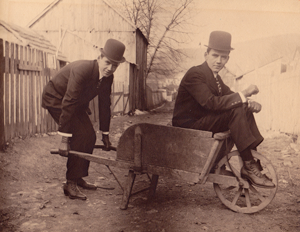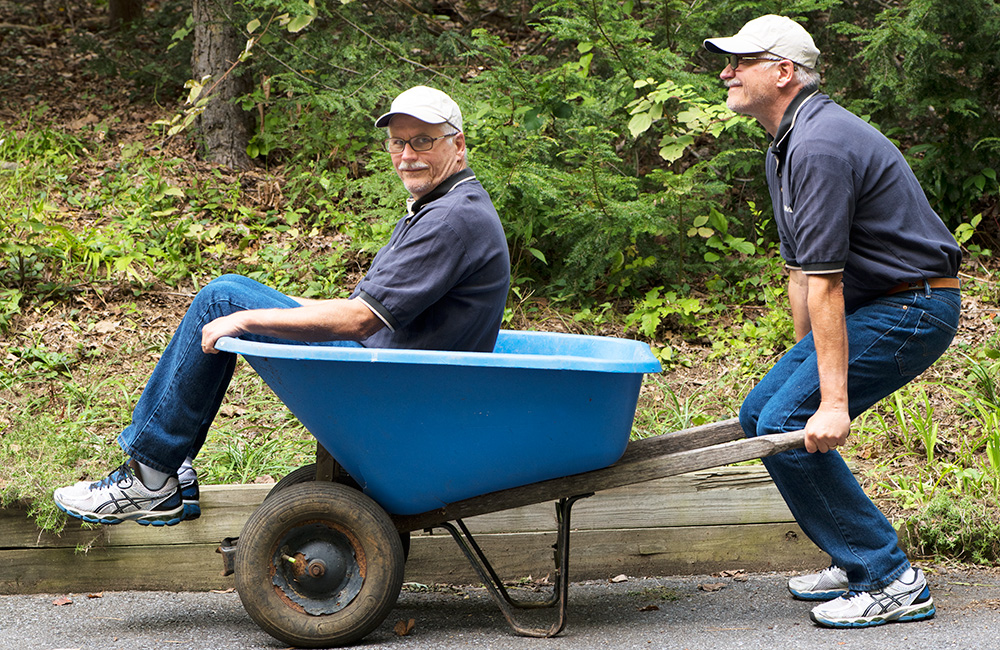 My fascination with photography begin after I was shown a self-portrait of my grandfather wheeling himself around in a wheelbarrow. When I was 12, my father and I spent hours trying to reproduce that image on film in the makeshift darkroom set up in our bathroom. That obsession with photography–setting up makeshift darkrooms and eventually moving to digital photography–has continued to this day. As a professional engineer in the forensic field, I shot thousands of rolls of film of mechanical failures, fire damage, accident scenes, wrecked cars, trucks, trains and planes. You name it, and I photographed it. Thinking of creative ways to exhibit evidence to present issues clearly to a jury made these sobering situations very challenging. My images have been used over the years by almost every major insurance company and many law firms nationwide to settle claims and lawsuits. Today I am very selective in accepting forensic engineering assignments in order to devote more time to other types of photography.
My fascination with photography begin after I was shown a self-portrait of my grandfather wheeling himself around in a wheelbarrow. When I was 12, my father and I spent hours trying to reproduce that image on film in the makeshift darkroom set up in our bathroom. That obsession with photography–setting up makeshift darkrooms and eventually moving to digital photography–has continued to this day. As a professional engineer in the forensic field, I shot thousands of rolls of film of mechanical failures, fire damage, accident scenes, wrecked cars, trucks, trains and planes. You name it, and I photographed it. Thinking of creative ways to exhibit evidence to present issues clearly to a jury made these sobering situations very challenging. My images have been used over the years by almost every major insurance company and many law firms nationwide to settle claims and lawsuits. Today I am very selective in accepting forensic engineering assignments in order to devote more time to other types of photography.
Back to my grandfather’s photograph–I am still in awe at how he merged the two images together. If you look closely at the tree next to the barn, you can see some very minor ghosting and areas of less-than-perfect exposures on the wheelbarrow and below. This image, done in the early 1900’s, was produced by exposing one side first and then the other with separate negatives in the enlarger. The merge was performed as a trial-and-error process by dodging and burning the joining area together. This must have taken hours and countless attempts to get it right and produce only a single successful print. Both my father and grandfather would be amazed, if they were alive today, to see how trivial this task is in the digital age.
